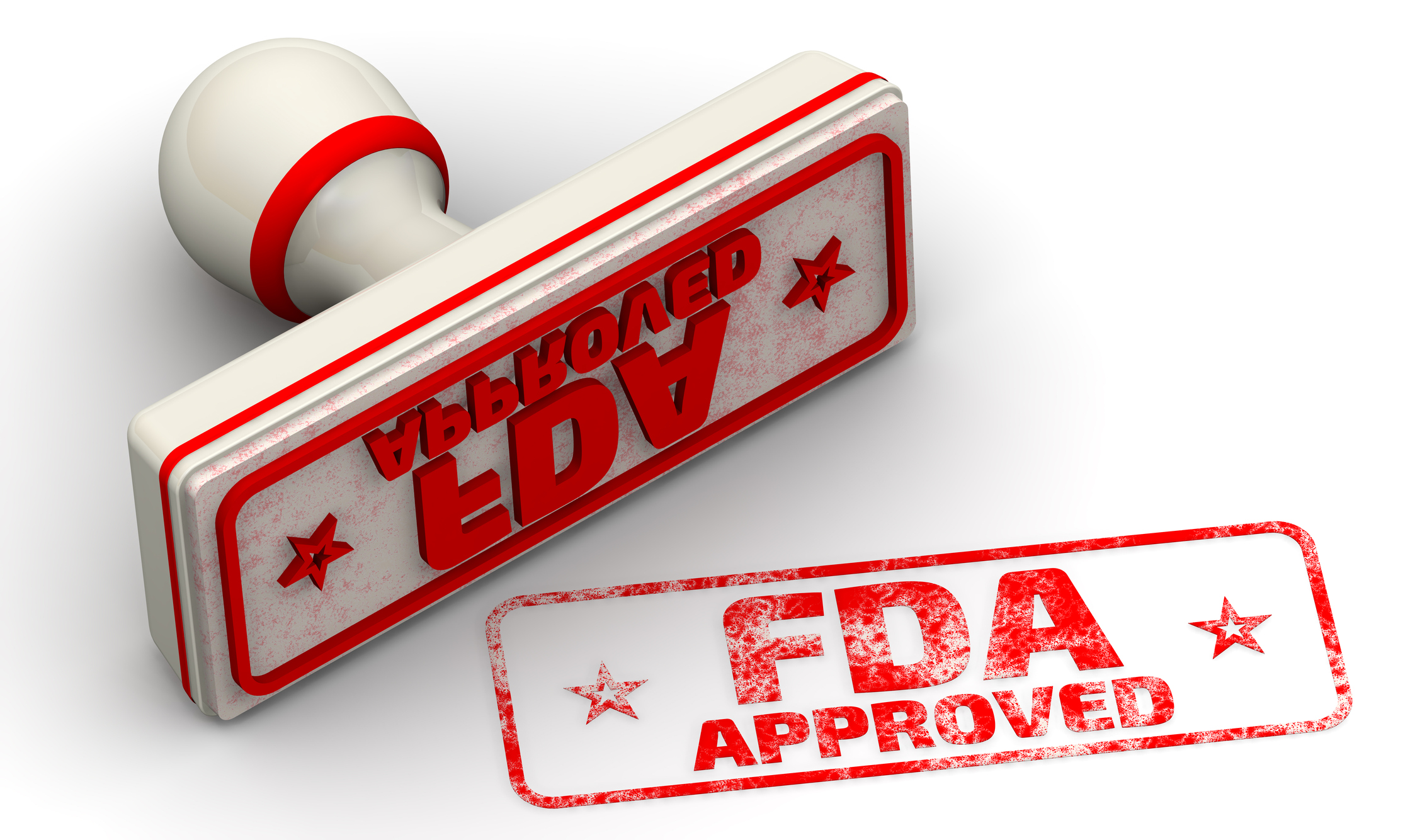Blog: Are You Ready for the U.S. FDA’s Electronic Reporting Mandates?

On Feb. 13, 2014, the U.S. Food and Drug Administration (FDA) published a final rule that requires medical device manufacturers and importers to submit mandatory medical device reports (MDRs) to the FDA in an electronic format. Manufacturers and importers have until Aug. 13, 2015, to move away from paper forms and use an approved electronic submission process.
On June 10, 2014, a similar final rule on mandatory electronic submission of Individual Case Safety Reports (ICSRs) was published for human drug and biologics. This one was required byJune 10, 2015.
See a trend here?
Such e-submission regulations fall under the umbrella of the congressionally mandated Food and Drug Administration Safety and Innovation Act (FDASIA), signed into law in July 2012, which looks to bolster the FDA’s ability to protect public health, and eliminating paper appears to be an integral part of that.
Efficiency, Expedition
In an age of improved efficiency, these mandates help expedite the collection and analysis of the reports concerning post-market medical products. For decades, the FDA relied on post-market MDRs in a paper format through the mail and manual data entry, which is prone to mistakes, to react to events, maintain product safety, and also keep effective medical products on the market.
In a sign of the digital times, these rules now:
- Place the burden of data entry on submitters (manufacturers).
- Eliminate report errors due to manual entry (or re-entry).
- Save the FDA time and money (we’re talking millions) by ditching cumbersome paper forms.
- Make data available to the FDA more quickly.
- Speed up information distribution of suspected problems/risks to the public.
- Provide acknowledgment receipts much faster than paper forms ever could.
An E-Submission World
The Electronic Submissions Gateway (ESG) uses digital certificates to secure all electronic submissions to the FDA and accepts these via the Web-based Safety Reporting Portal or a gateway-to-gateway AS2 connection. The two options for submitting reports are eSubmitter or Health Level 7 Individual Case Safety Reports (HL7 ICSR). Both are open to all reporters, but vary by volume:
- eSubmitter: FDA-developed software that allows for the submission of one MDR at a time.
- HL7 ICSR: An option meant for batch transmission or for reporters with large numbers of MDRs to submit.
It’s also worth noting that the reporting requirements (content and deadlines) do not change; the only difference is the method by which these reports are submitted to the FDA.
Manufacturer Benefits
While federal compliance mandates may just seem like added process (and often, cost), regulations such as these have long doubled as business drivers. With e-submission now part of the regular workflow, device and drug manufacturers can:
- Ensure FDA compliance with a trusted connection to the ESG.
- Avoid fines of $15,000 or more per violation for a known failure that is not reported.
- Eliminate the time it takes to create/send forms, which could exceed hundreds per month.
- Enable high-volume form submission to the FDA.
- Support and embrace increasingly popular the AS2 protocol into current file transfer infrastructures.
- Integrate file transfer technology with your customer relationship management (CRM) solution.
To fully capitalize on your investment for achieving FDA compliance, think about a flexible file transfer or data integration solution for future business needs.
Recommendations
So now the question is: Do you set up portal access or an AS2 connection? Sure, the Web-based portal works and keeps your organization in compliance, but is it the best option?
Some of these FDA reports can weigh in at hundreds of gigabytes or more, and a standard upload to the portal often can take days(!). And what if there’s an issue in transmission? With no checkpoint restart, a single electronic file submission could cost your organization several days in delays as well as the manpower needed to keep an eye on the file and ensure its delivery.
A leading AS2 solution, on the other hand, supports ultra-high performance, a variety of operating systems, and checkpoint restart capabilities for reliable transfer of large files, delivering a peace of mind not often associated with meeting government compliance mandates. A high-speed transmission component also can complement an AS2 solution for obtaining unequivocal transfer speeds, which could mean exponential savings in the long run.
A single-platform solution featuring AS2 and numerous other advanced protocols can centralize and scale all future uses with one tool, allowing your organization to lever its already-available gateway technology to maintain current compliance standards and grow future business.
Summary
There are tens of thousands of medical device and drug manufacturers identified in FDA databases that are affected by these rules. Similar e-submission mandates are sure to follow for every regulated industry, and reliable A2A and B2B gateway solutions – especially those certified by the top interoperability groups – will be in high demand.
Get ahead of the curve, improve your key business processes, and ensure your organization’s FDA compliance today.

About Cleo

Watch a Demo

Comprehensive Guide to Gaining B2B Control

Duraflame Case Study
